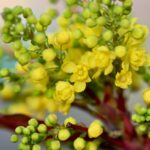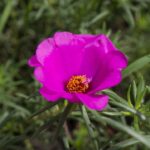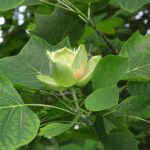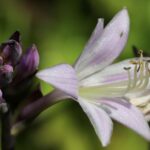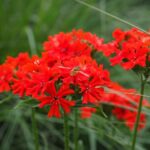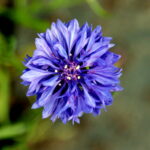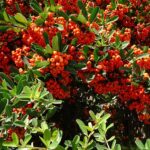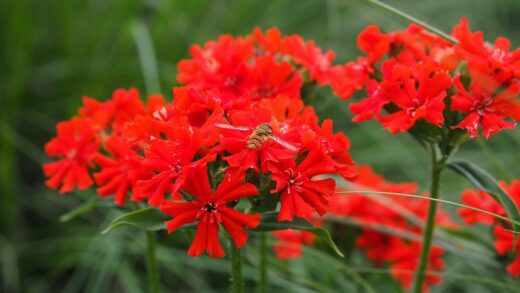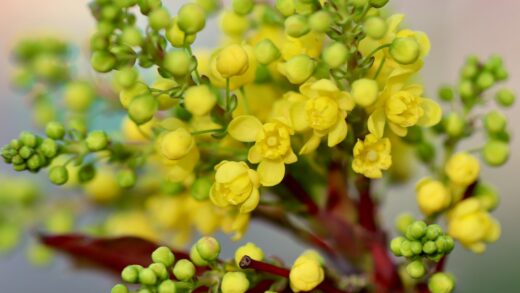Pruning and cutting back arugula

The concepts of pruning and cutting back, when applied to a leafy green like arugula, take on a different meaning compared to woody shrubs or perennial flowers. For arugula, these actions are intrinsically linked to the process of harvesting. The primary goal is not to shape the plant or control its size in a traditional sense, but rather to encourage a continuous production of new, tender leaves and to prolong the plant’s vegetative state. By employing a strategic method of cutting, gardeners can significantly extend their harvest period, a technique commonly known as “cut-and-come-again.” This approach is fundamental to maximizing the yield from each plant and ensuring a steady supply of fresh greens.
Effective “pruning” of arugula involves the regular and selective removal of its outer leaves. This practice is beneficial for several reasons. It stimulates the plant’s central growing point, known as the apical meristem, to produce new foliage, keeping the plant in an active state of growth. It also prevents the outer leaves from becoming too large, old, and tough, ensuring that every harvest consists of leaves that are at their peak in terms of both texture and flavor. This ongoing process of removal and regeneration is the key to a long-lasting arugula patch.
The timing and technique of these cuts are crucial for the plant’s continued health and productivity. The process can begin as soon as the plants have established themselves and have a small rosette of leaves that are large enough to use. Using sharp, clean scissors or simply pinching the leaves off with one’s fingers prevents unnecessary damage to the rest of the plant. This careful approach ensures the plant’s energy is directed towards regrowth rather than repairing injuries.
Ultimately, the act of cutting back arugula is a management technique designed to delay the plant’s natural inclination to bolt and produce seeds. By repeatedly harvesting the leaves, the gardener is essentially keeping the plant in a juvenile, vegetative phase for as long as possible. When the plant does eventually begin to send up a flower stalk, a more decisive cutting back of the entire plant is required to harvest the remaining leaves before their quality declines.
The ‘cut-and-come-again’ harvesting method
The ‘cut-and-come-again’ method is the most effective way to prune and harvest arugula for a sustained yield. This technique revolves around selectively harvesting the oldest, outermost leaves of the plant while leaving the central growing point and the small, young inner leaves undisturbed. This careful practice allows the plant to continuously regenerate new growth from its center, providing a steady supply of fresh leaves over a period of several weeks, or even months, from a single planting. It is a highly efficient way to manage a leafy greens crop.
More articles on this topic
To practice this method correctly, wait until the plant has formed a rosette of leaves that are at least 5-7 centimeters long. Using clean scissors or your fingertips, snip or pinch off the largest leaves at the base of their stems, near the crown of the plant. It is best to harvest from several different plants rather than taking too many leaves from a single one at any given time. A good rule of thumb is to never remove more than one-third of the plant’s total leaves at once, which ensures it has enough foliage left to photosynthesize effectively and fuel its regrowth.
The frequency of harvesting is an important factor in the success of this method. Regular cutting, perhaps every few days to a week depending on the growth rate, keeps the plant in a productive state. If left unharvested for too long, the leaves can become oversized, tough, and excessively peppery. Frequent harvesting not only provides a better quality product but also sends a continuous signal to the plant to keep producing new leaves, which can help to delay the onset of bolting.
This method is not only productive but also helps to maintain the health of the plants. By regularly removing the lower, outer leaves, you are improving air circulation around the base of the plant. This increased airflow helps the foliage to dry more quickly after watering or rain, which can significantly reduce the risk of fungal diseases, such as downy mildew, from developing. It is a simple technique that offers multiple benefits for both the gardener and the plant.
Techniques for encouraging regrowth
Beyond the basic ‘cut-and-come-again’ method, there are other techniques and care practices that can help encourage vigorous regrowth in your arugula plants. One of the most important factors is ensuring the plants have adequate resources to fuel their recovery after being harvested. This means maintaining consistent soil moisture. A plant that is stressed from lack of water will not have the energy to produce new leaves quickly, so a regular watering schedule is paramount for promoting regeneration.
More articles on this topic
Proper nutrition also plays a role in the plant’s ability to regrow. While arugula is not a heavy feeder, the process of repeatedly producing new leaves does draw nutrients from the soil. If you are harvesting heavily from your plants over a long period, they may benefit from a supplemental feeding. A mid-season application of a liquid organic fertilizer, such as a diluted fish emulsion or a compost tea, can provide a quick boost of nitrogen and other essential nutrients needed for lush foliage development.
The way in which you cut the leaves can also influence regrowth. Always use a sharp, clean tool or make a clean pinch with your fingers. A ragged tear or a crushing injury to the stem can create an entry point for diseases and will take more energy for the plant to heal. Making your cuts close to the base of the plant helps to keep it tidy and directs the plant’s energy into producing new leaves from the crown, rather than sustaining long, unproductive old stems.
Protecting the central growing point, or the crown, of the plant is absolutely critical. This is where all new growth originates. When harvesting, be very careful not to damage this tender central area. Any damage to the crown can severely stunt the plant or even kill it, bringing your continuous harvest to an abrupt halt. Always work from the outside of the plant inwards, leaving the center completely untouched.
Managing bolting and flower stalks
Inevitably, regardless of how well you care for your arugula, it will eventually begin to bolt. Bolting is the natural process where the plant transitions from leaf production to flower and seed production, and it is typically triggered by increasing day length and warmer temperatures. The first sign of bolting is the emergence of a thick flower stalk from the center of the plant. Once this process starts, the plant’s energy is redirected away from the leaves, which causes them to become tougher and significantly more bitter.
When you notice the first signs of a flower stalk, you have a couple of options. One approach is to immediately harvest the entire plant. By cutting the whole plant off at its base, you can salvage the remaining leaves before their flavor and texture decline too much. This is often the best course of action if your primary goal is to harvest leaves for culinary use. It signals the end of that particular plant’s life cycle, and the space can then be used for a new succession planting.
Another option is to try and prolong the leaf harvest for a short time by snipping off the flower stalk as soon as it appears. This can sometimes trick the plant into putting a little more energy back into leaf production temporarily. However, this is usually just a short-term solution, as the plant is biologically programmed to reproduce and will likely try to send up new flower stalks. The flavor of the leaves will still begin to change, so this method only offers a brief extension.
Alternatively, you can choose to let the plant flower. The flowers of the arugula plant are edible and have a pleasant, mild peppery flavor. They can make a beautiful and tasty garnish for salads and other dishes. Allowing the plant to flower will also attract pollinators to your garden. If you let the flowers go to seed, you can even collect the dried seed pods at the end of the season and save your own seeds for planting the following year, creating a truly sustainable garden cycle.
📷 Flickr / Szerző: Maja Dumat / Licence: CC BY 2.0

